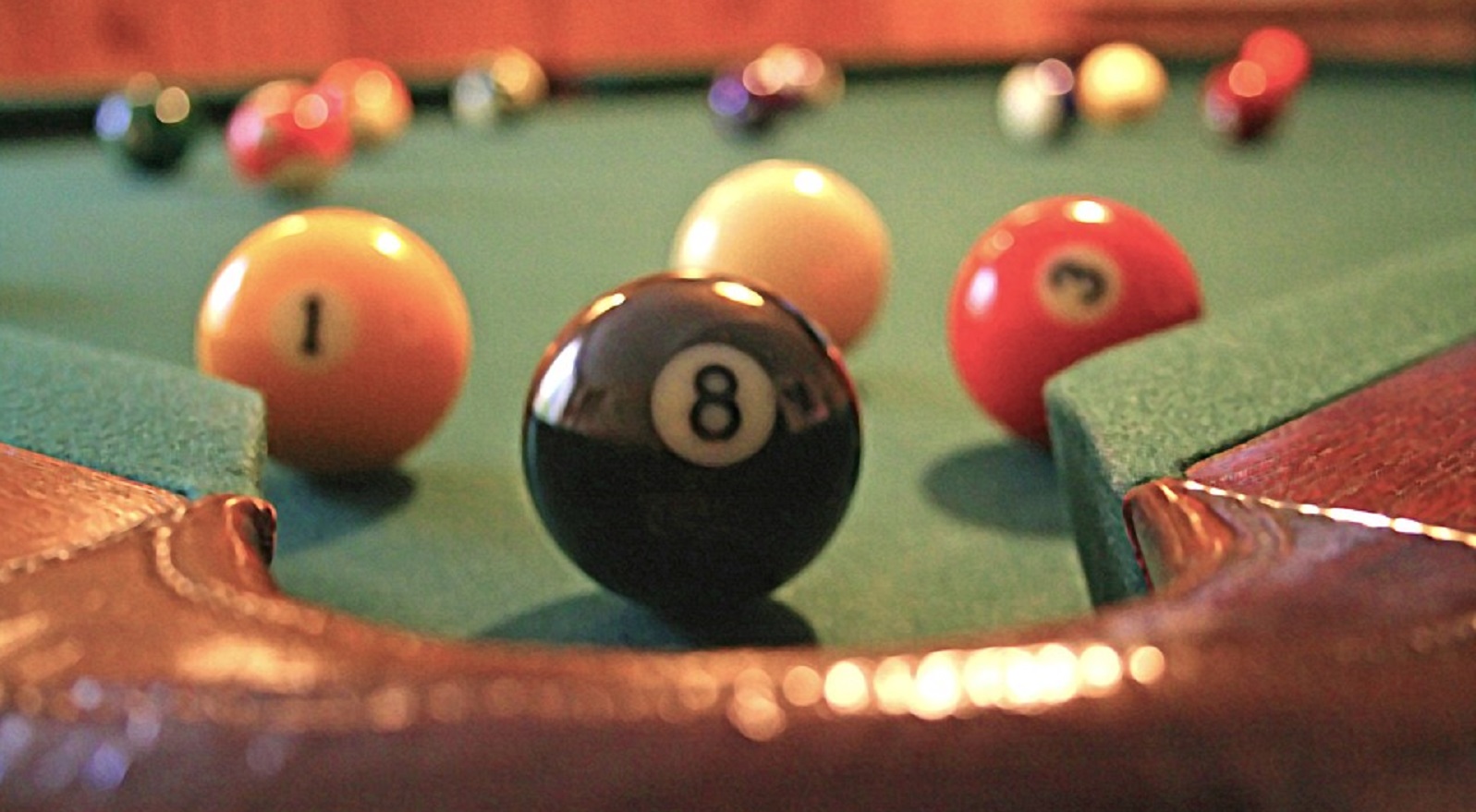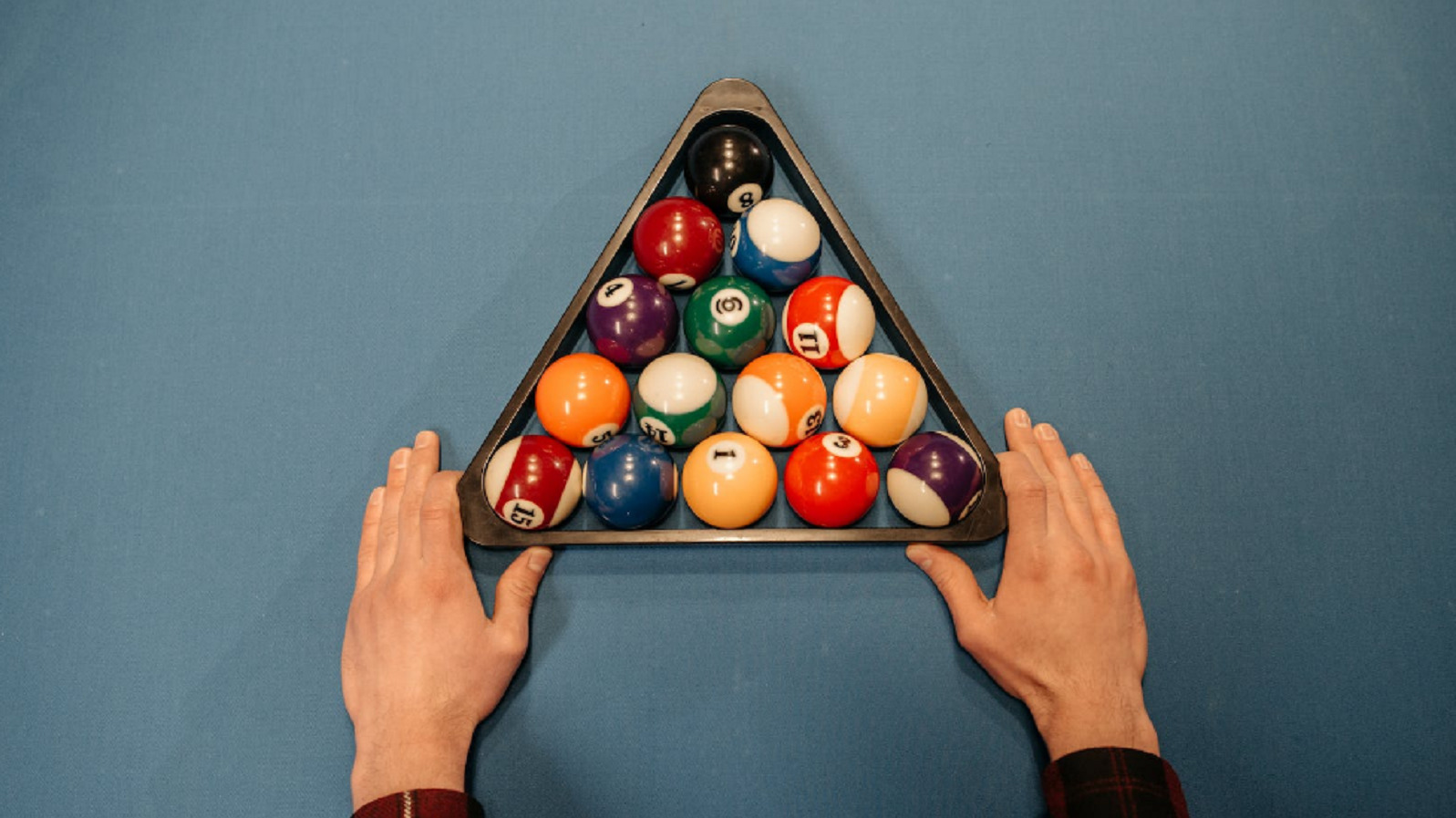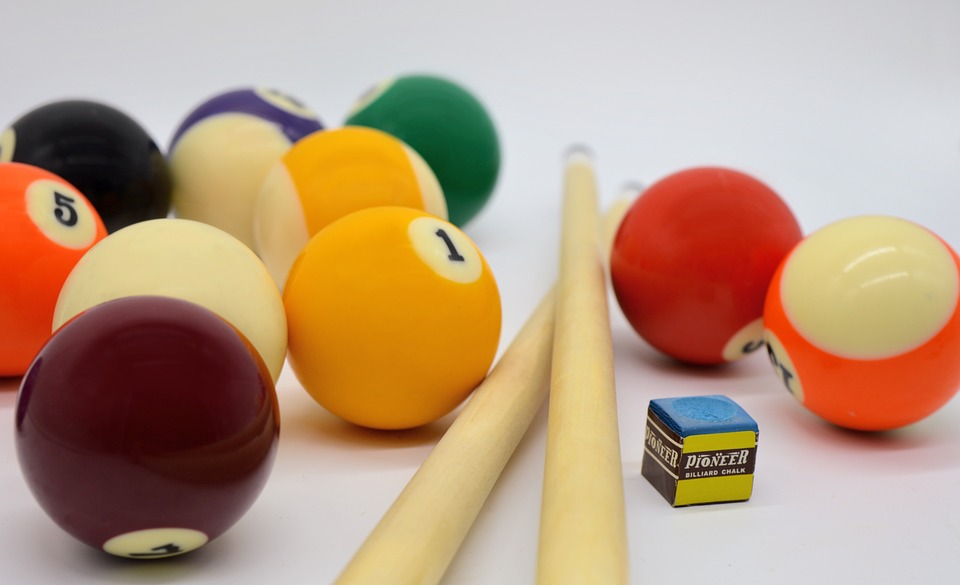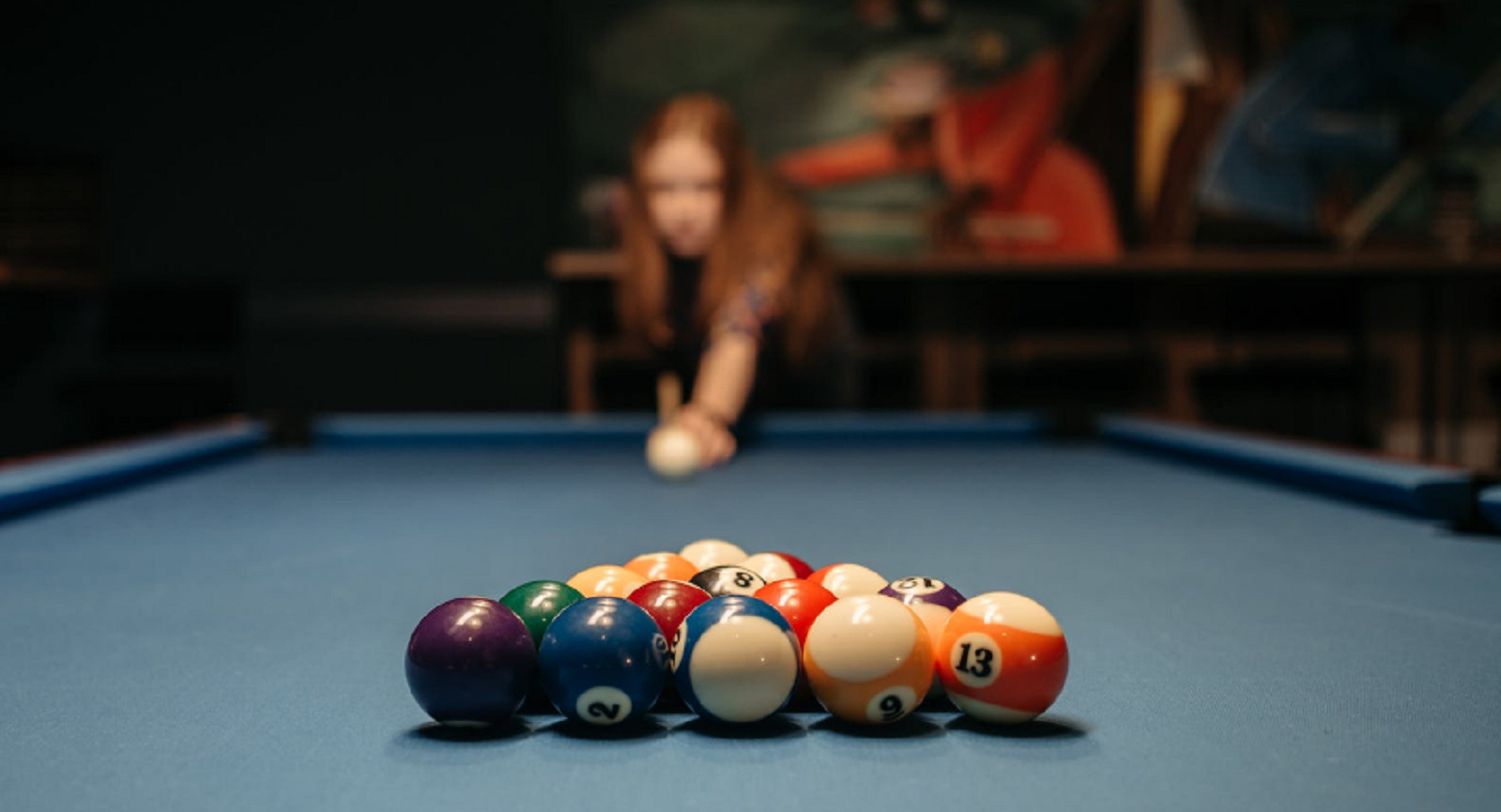What Are Billiard Balls Made Of? The History of Pool Balls
Key Takeaways
- What are billiard balls made of? Phenolic Resin, Polyester Resin, and Epoxy Resin are materials used today.
- Billiards was a game that originated in Northern Europe in the 15th century.
- Pool balls evolved from wooden to ivory and then to synthetic materials.
3 Pool Ball Materials Today
1. Phenolic Resin
In 1923, a company specializing in manufacturing pool balls began operations named Saluc. Saluc is the exclusive manufacturer of pool balls to use phenolic resin for its production process. The phenolic resin, a thermosetting plastic, is a variation of Bakelite that uses even more extreme pressure to form the balls. Significantly, the balls are created and cooled without melting the plastic again.
What you see on the ball outside is the same on the inside, aside from the laser-etched numbers. Besides, the color on the outside would be the same on the inside if cutting the ball.

With a 13-step detailed manufacturing process for making billiard balls at Saluc, each ball must also meet specific criteria, including
- Roundness
- Balance
- Precision Color
- Density
- Diameter Tolerance
- Brilliance
- Surface Polish
The total time for producing phenolic resin billiard balls is 23 days. Saluc also weights each ball to match it with other balls of similar weights to guarantee each ball in a set weighs the same.
Phenolic resin balls are widespread. In truth, Saluc sells 85% of the pool balls and billiard balls. Phenolic resin pool balls can be known to last long for 40 years or up to 400,000 impacts. Their brilliance and surface polish last long too.
2. Polyester Resin
Billiard balls made from polyester resin are generally more affordable. However, they don’t last as long, while those made from phenolic resin are expensive but are top-rated and last up to eight times longer. In a detailed manner, polyester resin pool balls are another choice for phenolic resin. Although reasonably priced, they do not keep their shine as long and wear out much faster. Practically, polyester resin balls last about eight years or around 80,000 impacts.
3. Epoxy Resin
In general, no other materials are suitable than phenolic resin and polyester resin for making billiard balls. That is unless you want a vintage set made from hardwood. Ivory balls are very rare nowadays. Otherwise, you are so lucky to receive a collection in decent condition.
In truth, people started experimenting with one newer material called epoxy resin. This material has many applications for flooring and countertop refinishing.
The History Of Pool Balls
Billiards has a long history from its inception in the 15th century in Northern Europe. Billiards was a game that originated in a French lawn game mix between croquet and billiards. People played this game outdoors using wooden balls. Over time, this game continued to change.

As the game evolved, people still manufactured woody billiard balls. However, the nobility desired more exotic materials as colonization expanded worldwide. One of the materials discovered from colonization was ivory.
Day by day, the nobility grew their demand for ivory billiard balls. The advanced balls were much more fashionable than wooden billiard balls. But, in truth, only wealthy people could likely afford ivory balls.
Ivory balls also were more long-lasting than wooden balls. However, they could crack and begin to yellow with age. When elephant populations began to decline, ivory became a more difficult material to obtain. Then people needed new materials to meet the demand for high-quality pool balls. By the late 19th century, pool table manufacturer Phelan and Collender offered anyone $10,000 to invent a new pool ball not made of wood or ivory.
How Has The Material Of Billiard Balls Innovated?

So, what are billiard balls made of? John Wesly Hyatt, an American inventor, found an excellent substitute for ivory: nitrocellulose in 1860, thanks to advances in science and technology. He developed a new ball that consisted of a mixture of nitrocellulose, camphor, and alcohol. According to John Wesly Hyatt, billiard balls are made of this mixture because these materials were formed into pool balls using excessive pressure. Once assembled, the balls had to cure and harden. However, the new celluloid balls were not as durable as ivory balls.
Also, celluloid billiard balls were unstable. It was common during manufacturing processes for balls to explode. There are stories of the balls exploding during pocket billiards games even after manufacturing was complete.
While there were issues with celluloid pool balls, Mr. Hyatt found one of the first synthetic plastics. Besides, people did not ensure who won the $10,000 prize.
Because the exploding billiard balls were not an expected solution to ivory, other inventors lengthened to experiment with other chemical substances. For instance, Phelan Leo Baekeland invented Bakelite in 1907 to make pool balls. This plastic material is new and durable, so Bakelite balls did not explode, unlike celluloid balls.
Until the 1920s, Bakelite balls had become the favorite standard. Even the wealthy had to choose Bakelite balls to replace ivory pool balls.
What’s Inside A Pool Ball?
Once playing billiards, you might have a question about what is inside a pool ball. Generally, people made pool balls with plastic or some stone. Therefore, they are not hollow. Instead, they filled these balls with different materials that make up the core of the pool balls.

If the manufacturer makes hollow balls, it will affect their weight and strength to withstand any hitting force. They can create it with wood, clay, ivory, or polymers. Often, people make up pool balls of polyester or phenolic resin. Phenolic resin is a thermosetting plastic resistant to heat. After cooling, people shape this type of plastic with heat, which becomes permanent. Once shaped, nothing can alter this plastic.
Similarly, if you cut pool balls into two halves, we will find them filled from the inside. There will be no hollow space inside. Instead, it will take the shape of a semi-hemisphere with a filler the same at every point with color variation only.
FAQs
Are Billiard Balls Ceramic?
Although billiard balls’ material originally was ivory, three creative pool ball materials exist nowadays. Actually, in a detailed manner, people mainly make billiard balls with phenolic resin, polyester resin, and epoxy resin.
Why Were Billiard Balls Initially Made Of Ivory?
In the early days, people used the tusks of Asian elephants exclusively for making the best billiard balls. At that time, no material was better than elephant ivory because of its physical size, strength, and beauty for performing in billiard places.
Are Billiard Balls Hollow or Solid?
Billiard balls are not hollow. They must be solid because they need to be similar in weight, density, and physical properties. In addition, these material properties will provide various advantages to pool balls, like toughness, durability, balance, predetermined shots, and many more. That’s why our great games all need solid pool balls.

Dave Pearson
Dave Pearson, the world's leading pool entertainer, is renowned globally as the ultimate exhibition player.
Boasting 20 world records endorsed by the prestigious Guinness Book of World Records, Dave established a legendary history in the sport industry.
